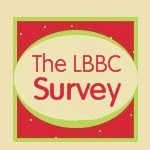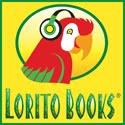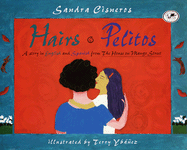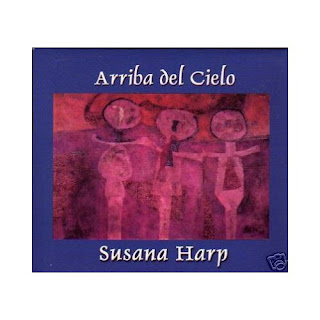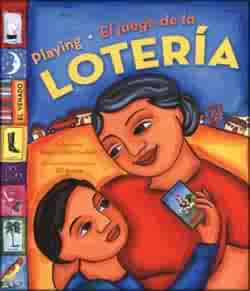 Best Educational Children’s Book - English
Best Educational Children’s Book - EnglishThe Song of the Coconut by Adalucía. Cholita Prints & Publishing Co.
Best Educational Children’s Book - Spanish
Quiero Ser Poeta by Rafael Garcia Jolly, José Carbonell Pla, Antonia Moreno, María D. Torres Bañuls. Letra Rosa
2ND Place: El secreto del dorado by Maria Villegas y Jennie Kent. Villegas Asociados S.A.
Honorable Mention: Figúrate: Animales, Fantasía y Mundo by María Villegas y Jennie Kent. Villegas Asociados
Best Educational Children’s Book - Bilingual
Dealing With Insults / Qué Hacer con los Insultos by Marianne Johnson. Rosen Publishing/Buenas Letras
2ND Place: Teo in Palo Verde by Adam Del Rio. Lectura Books
2ND Place: Ronaldinho by José María Obregón. Rosen Publishing/Buenas LetrasHonorable Mention: Las Abejas by Katie Franks. Rosen Publishing/Buenas Letras
 Best Children’s Picture Book – English
Best Children’s Picture Book – EnglishAbuelos by Pat Mora. Groundwood Books
2ND Place: The Secret Legacy by Rigoberta Menchú. Groundwood Books
Honorable Mention: Kitchen Dance by Maurie J. Manning. Clarion Books
Best Children’s Picture Book – Spanish
Los Tres Reyes De Oriente by Lluis Farre. Bambú
2ND Place: El mejor mariachi del mundo by J. D. Smith. Raven Tree Press
Honorable Mention: Mira, Mira by Angels Navarr. Bambú
Best Children’s Picture Book – Bilingual
Rachel and the Lion by Stephanie Lainez. Story House Books
2ND Place: Colors!¡Colores! by Jorge Luján. Groundwood Books
Honorable Mention: The Storyteller’s Candle by Lucia Gonzalez. Children’s Book Press
 Best Young Adult Fiction – English
Best Young Adult Fiction – English
Dark Dude by Oscar Hijuelos. Atheneum/Simon & Schuster Children’s Publishing
2ND Place: Amor and Summer Secrets by Diana Rodriguez Wallach. Kensington Publishers
Honorable Mention: Mr. Clean and the Barrio by David Bueno-Hill. Urbano Books
Best Young Adult Fiction – Spanish or Bilingual
El Asunto Galindo by Fernando Lalana. Bambú
2ND Place: Odisea by Albert Jané. Combel Editorial, S. A
Honorable Mention: Carlito’s Story by Max Benavidez & Katherine Del Monte. Lectura Books
Honorable Mention: No sapiens by Ariel González. Libros en Red
Best Young Adult Nonfiction - English
The Barefoot Shoeshine Boy by Al Rivera. Author House
 Best Young Adult Sports/Recreation – English
Best Young Adult Sports/Recreation – EnglishSoccer’s Story & A Futbol Fable by Gil Sperry. Amigo del Mar Press
Best Young Adult Sports/Recreation – Spanish or Bilingual
Go Milka Go! ¡Corre, Milka, Corre! by Raquel Benatar. Renaissance House


